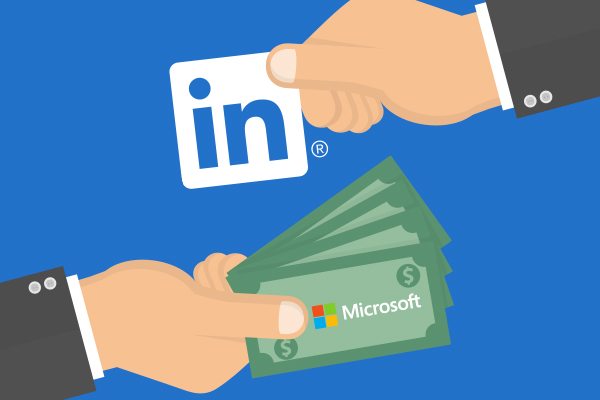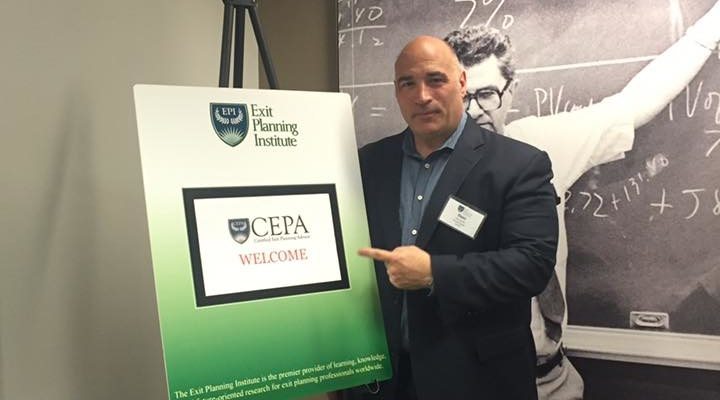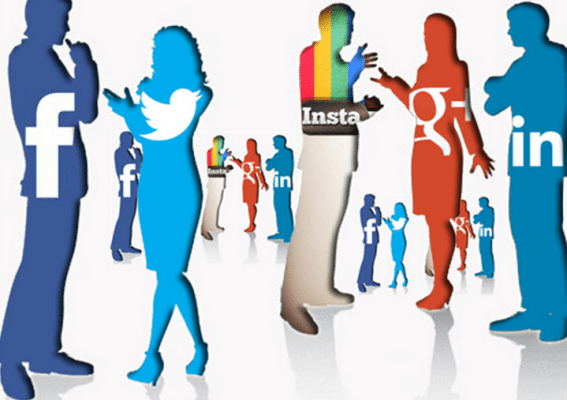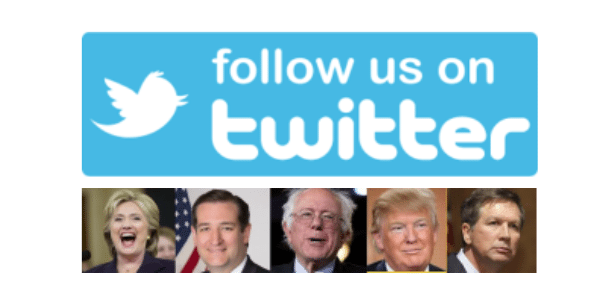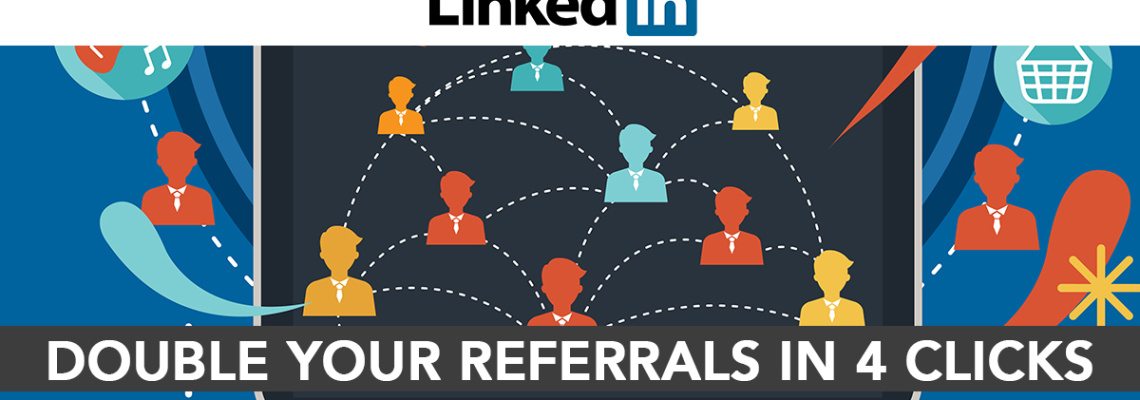In the last eight years, we’ve seen a trend of membership organizations looking into increasing their users value per membership. In the traditional sense, membership organizations provide education to their members in a variety of ways. Our Social Jack System, has been a part of that movement, where we provide a ton of education to membership organizations related to Social Selling, growing your business, career advancement—things that help us define what social media and social teaming is.
In our recent observation, many membership organizations are still in legacy mode, where their education is based on premise or at conferences, and have not completely leveraged the internet with things like streaming and video. Also many membership organizations have seminars and conferences to promote new members. A lot of times there’s education about the organization but not necessarily around the education that is provided to the members. The movement that we’ve seen, and benefit greatly from, is leveraging the internet for webcasts—which we have been involved with for many years and providing that education not just to the current members but to the perspective memberships.
For instance, we recently held a webinar on ‘how to grow your financial services practice with the use of social selling’ for Exit Planning Institute. This service was provided to their members and perspective members. The members that are “prospects” get to see the high quality education that is provided from the membership and then get test drive of some of that education and value the membership provides. We also allow space in those presentations so that the membership is able to explain the additional value that they provide when registering for a full membership.
We’ve been doing this over for 8 years and have seen a rapid acceleration of this model being used and the simplicity is, providing web-based information because people want to have a convenient way to get the information without always having to travel to conferences or events. This is also a great way for organizations to attract perspective members to their platforms.
While we see that this is huge movement and we’re seeing more & more membership organizations and institutes going in this direction there’s still many that have to make the move. The good news is for those organizations that this a proven model and it can help them not just for retention of membership but also increasing admission.
Our Social Jack System has a very specific recipe for effectively getting participation, filling and getting people to show up to the webcast. There is a science behind this all and it can be indicated in this slideshow.

We hope this opens your eyes to the power of Webcasts and Webinars to increase your membership and have people sample content en route to joining your membership organization.













